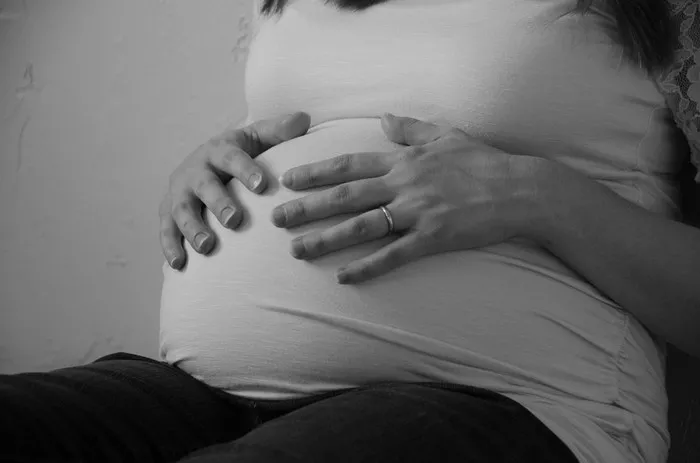Ovulation is a crucial event in a woman’s menstrual cycle that determines the fertile window for conception. While it is well-known that ovulation typically occurs around the middle of the menstrual cycle, the question of whether there is a specific time of day when it takes place has intrigued many. Understanding the potential timing of ovulation within a day can be valuable for couples trying to conceive or those using natural family planning methods. However, it is a complex process influenced by multiple factors, and pinpointing an exact time of day for ovulation is not always straightforward.
The Menstrual Cycle and Ovulation Basics
Cycle Length Variation: The average menstrual cycle is often considered to be around 28 days, but it can range from 21 to 35 days or even more in some women. Ovulation usually occurs about 14 days before the start of the next menstrual period. For example, in a woman with a 28-day cycle, ovulation is likely to happen around day 14. But in a woman with a 30-day cycle, it might occur around day 16. This variation in cycle length means that the timing of ovulation within a day can also shift.
Hormonal Regulation: The process of ovulation is regulated by a complex interplay of hormones. The pituitary gland releases follicle-stimulating hormone (FSH) and luteinizing hormone (LH). FSH stimulates the growth of ovarian follicles, and when a follicle is mature, a surge in LH triggers ovulation. This hormonal cascade occurs over a period of time and does not happen at a specific time of day in a strictly predictable manner. For instance, the LH surge can start in the early morning and reach its peak a few hours later, or it can occur in the afternoon or evening.
Factors Affecting the Timing of Ovulation Within a Day
Sleep Patterns: Some studies suggest that sleep can have an impact on the timing of ovulation. It is believed that the release of LH may be related to the body’s circadian rhythm, which is influenced by sleep. For example, a woman who has a disrupted sleep schedule, such as working night shifts, may experience a shift in the timing of her LH surge and potentially ovulation. If a woman normally sleeps from 11 pm to 7 am and her LH surge is expected to occur during the day, a change in her sleep pattern to sleeping from 3 am to 11 am might cause the surge to happen at a different time.
Stress Levels: High levels of stress can affect the hormonal balance and disrupt the normal ovulation process. Stress can cause changes in the release of FSH and LH. When a woman is under stress, her body’s stress response system activates, and this can interfere with the delicate hormonal regulation of ovulation. For instance, a woman who is experiencing a lot of work-related stress might have a delayed or irregular ovulation. The timing of ovulation within a day could also be affected, as the stress-induced hormonal changes might cause the LH surge to occur earlier or later than usual.
Signs and Symptoms of Ovulation and Their Timing
Cervical Mucus Changes: As ovulation approaches, the cervical mucus becomes thinner, clearer, and more slippery, resembling egg whites. This change in cervical mucus is an indication that ovulation is likely to occur soon. The appearance of this optimal cervical mucus can happen at different times of day. For some women, it might be first noticed in the morning after waking up, while for others, it could become more prominent in the afternoon or evening. This means that the time when the most fertile cervical mucus is present can vary from woman to woman and may not be tied to a specific time of day of ovulation.
Basal Body Temperature (BBT) Changes: After ovulation, a woman’s basal body temperature typically rises by about 0.5 to 1 degree Fahrenheit. Tracking BBT can help a woman identify when ovulation has occurred. However, the actual increase in BBT usually happens after ovulation has already taken place. It is not a reliable indicator of the exact time of day of ovulation. For example, a woman might notice the temperature rise in the morning when she takes her BBT, but ovulation could have happened several hours earlier, perhaps during the night.
Methods to Predict Ovulation Time of Day
Ovulation Predictor Kits (OPKs): These kits detect the surge in LH in a woman’s urine. They can give an indication that ovulation is likely to occur within the next 24 to 36 hours. However, the LH surge can happen at any time of day, and OPKs do not pinpoint the exact hour of ovulation. A woman might use an OPK in the afternoon and get a positive result, but ovulation could still occur several hours later, either in the evening or even during the night.
Fertility Monitors: Some advanced fertility monitors not only detect the LH surge but also other hormones and factors. They can provide more detailed information about a woman’s fertile window. But even with these monitors, determining the specific time of day of ovulation is challenging. They can give a range of time when ovulation is likely to happen, such as within a 12 to 24-hour period, but not an exact time.
Conclusion
While ovulation generally occurs around the middle of the menstrual cycle, pinpointing a specific time of day for ovulation is difficult. The menstrual cycle length, hormonal regulation, sleep patterns, stress levels, and the various signs and symptoms of ovulation all contribute to the complexity. Although methods like OPKs and fertility monitors can help predict the approximate time of ovulation, they do not provide an exact time of day. Couples trying to conceive or those using natural family planning methods should be aware of these factors and use a combination of methods to better understand the fertile window rather than relying on a specific time of day for ovulation.
Related topics:

























